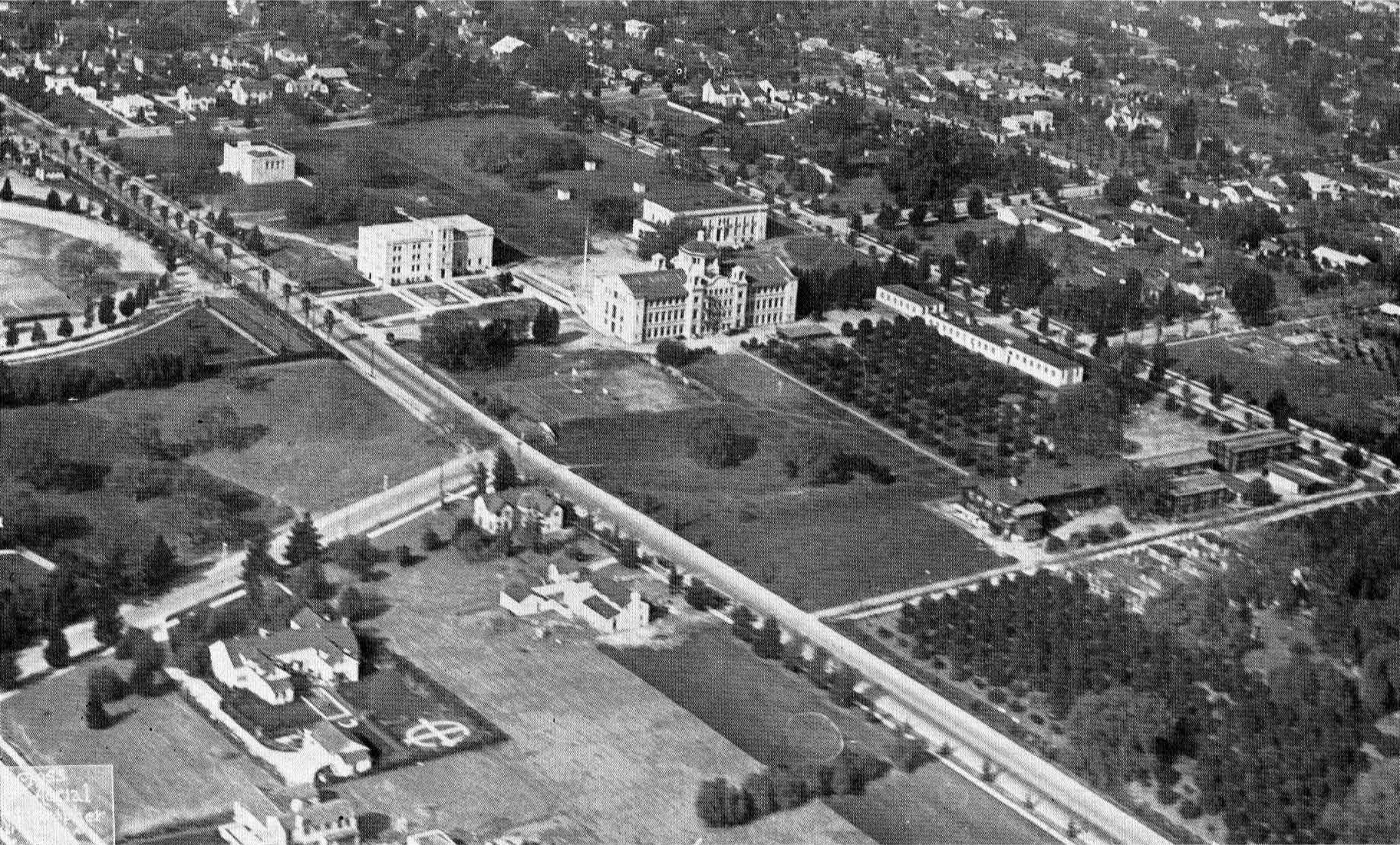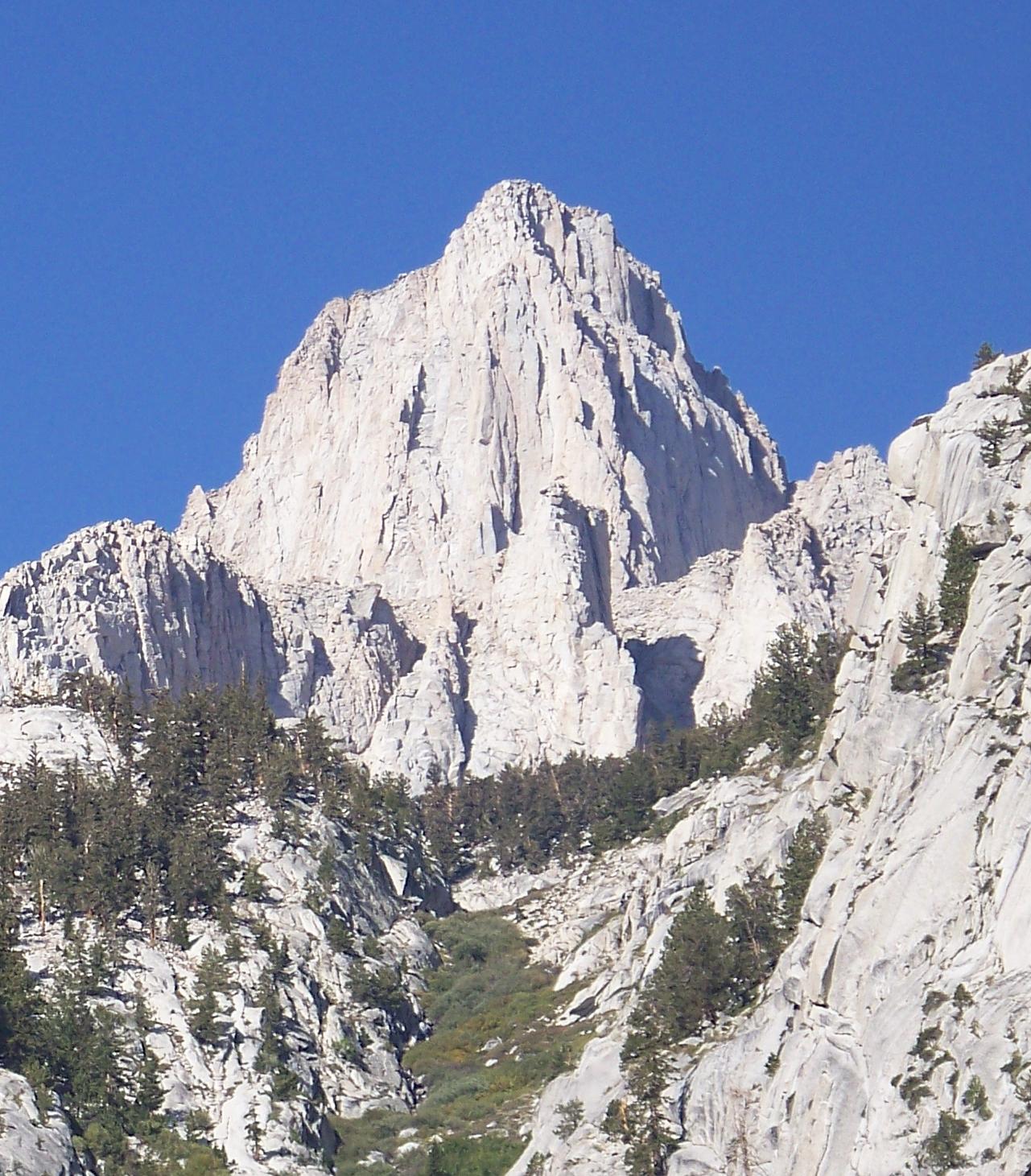|
Southern California Seismic Network
The Southern California Seismic Network (SCSN) is a cooperative project of Caltech and the United States Geological Survey. The SCSN has benefited from numerous upgrade projects. TERRAscope, funded by the L. K. Whittier and ARCO Foundations, and NSF, provided the first 28 broadband and strong motion stations in the late 1980s and early 1990s. The TriNet project, from 1997 to 2002, funded by FEMA The Federal Emergency Management Agency (FEMA) is an agency of the United States Department of Homeland Security (DHS), initially created under President Jimmy Carter by Presidential Reorganization Plan No. 3 of 1978 and implemented by two Exec ..., California OES, USGS, and other partners, increased the number of broadband and strong motion stations to 155 and significantly improved the data communications and processing infrastructure. The SCSN is one of six organizations that form the larger California Integrated Seismic Network (CISN) project of Caltech, CGS, USGS, and U.C. Berkel ... [...More Info...] [...Related Items...] OR: [Wikipedia] [Google] [Baidu] |
California Institute Of Technology
The California Institute of Technology (branded as Caltech) is a private research university in Pasadena, California, United States. The university is responsible for many modern scientific advancements and is among a small group of institutes of technology in the United States that are devoted to the instruction of pure and applied sciences. The institution was founded as a preparatory and vocational school by Amos G. Throop in 1891 and began attracting influential scientists such as George Ellery Hale, Arthur Amos Noyes, and Robert Andrews Millikan in the early 20th century. The vocational and preparatory schools were disbanded and spun off in 1910, and the college assumed its present name in 1920. In 1934, Caltech was elected to the Association of American Universities, and the antecedents of NASA's Jet Propulsion Laboratory, which Caltech continues to manage and operate, were established between 1936 and 1943 under Theodore von Kármán. Caltech has six academic divisi ... [...More Info...] [...Related Items...] OR: [Wikipedia] [Google] [Baidu] |
United States Geological Survey
The United States Geological Survey (USGS), founded as the Geological Survey, is an agency of the U.S. Department of the Interior whose work spans the disciplines of biology, geography, geology, and hydrology. The agency was founded on March 3, 1879, to study the landscape of the United States, its natural resources, and the natural hazards that threaten it. The agency also makes maps of planets and moons, based on data from U.S. space probes. The sole scientific agency of the U.S. Department of the Interior, USGS is a fact-finding research organization with no regulatory responsibility. It is headquartered in Reston, Virginia, with major offices near Lakewood, Colorado; at the Denver Federal Center; and in NASA Research Park in California. In 2009, it employed about 8,670 people. The current motto of the USGS, in use since August 1997, is "science for a changing world". The agency's previous slogan, adopted on its hundredth anniversary, was "Earth Science in the Pub ... [...More Info...] [...Related Items...] OR: [Wikipedia] [Google] [Baidu] |
Federal Emergency Management Agency
The Federal Emergency Management Agency (FEMA) is an agency of the United States Department of Homeland Security (DHS), initially created under President Jimmy Carter by Presidential Reorganization Plan No. 3 of 1978 and implemented by two Executive order (United States), Executive Orders on April 1, 1979. The agency's primary purpose is to coordinate the response to a disaster that has occurred in the United States and that overwhelms the resources of local and U.S. state, state authorities. The governor of the state in which the disaster occurs must declare a state of emergency and formally request from the President of the United States, president that FEMA and the Federal government of the United States, federal government respond to the disaster. The only exception to the state's gubernatorial declaration requirement occurs when an emergency or disaster takes place on federal property or to a federal asset—for example, the 1995 Oklahoma City bombing, bombing of the Alfred ... [...More Info...] [...Related Items...] OR: [Wikipedia] [Google] [Baidu] |
California Integrated Seismic Network
California () is a U.S. state, state in the Western United States that lies on the West Coast of the United States, Pacific Coast. It borders Oregon to the north, Nevada and Arizona to the east, and shares Mexico–United States border, an international border with the Mexico, Mexican state of Baja California to the south. With almost 40million residents across an area of , it is the List of states and territories of the United States by population, largest state by population and List of U.S. states and territories by area, third-largest by area. Prior to European colonization of the Americas, European colonization, California was one of the most culturally and linguistically diverse areas in pre-Columbian North America. European exploration in the 16th and 17th centuries led to the colonization by the Spanish Empire. The area became a part of Mexico in 1821, following Mexican War of Independence, its successful war for independence, but Mexican Cession, was ceded to the U ... [...More Info...] [...Related Items...] OR: [Wikipedia] [Google] [Baidu] |
California Geological Survey
The California Geological Survey, previously known as the California Division of Mines and Geology, is the California state geology, geologic agency. History Although it was not until 1880 that the California State Mining Bureau, predecessor to the California Geological Survey, was established, the "roots" of California's state geological survey date to an earlier time. As might be expected for a state that owed its existence to the California Gold Rush, gold rush of 1849, the California State Legislature recognized that geologists could provide valuable information. In 1851, one year after California was admitted to the United States, the Legislature named John B. Trask, a medical practitioner and active member of the California Academy of Sciences, as Honorary State Geologist. In 1853 the Legislature passed a joint resolution asking him for geological information about the state. He submitted a report ''On the Geology of the Sierra Nevada, or California Range''. About two month ... [...More Info...] [...Related Items...] OR: [Wikipedia] [Google] [Baidu] |
Seismological Society Of America
The Seismological Society of America (SSA) is an international Learned society, scientific society devoted to the advancement of seismology and the understanding of earthquakes for the benefit of society. Founded in 1906, the society has members throughout the world representing seismologists and other geophysicists, geologists, engineers, insurers, and policy-makers in preparedness and safety. History The society was established by academic, government, and other scientific and engineering professionals in the months following the April 18th 1906 San Francisco earthquake, San Francisco earthquake, with the first meeting of the Board of Directors taking place on December 1, 1906. Publications The Seismological Society of America publishes the ''Bulletin of the Seismological Society of America'' (''BSSA''), a journal of research in earthquake seismology and related disciplines since 1911, and ''Seismological Research Letters'' (''SRL''), which serves as a forum for informal co ... [...More Info...] [...Related Items...] OR: [Wikipedia] [Google] [Baidu] |
Disaster Preparedness In The United States
A disaster is an event that causes serious harm to people, buildings, economies, or the environment, and the affected community cannot handle it alone. ''Natural disasters'' like avalanches, floods, earthquakes, and wildfires are caused by natural hazards. ''Human-made disasters'' like oil spills, terrorist attacks and power outages are caused by people. Nowadays, it is hard to separate natural and human-made disasters because human actions can make natural disasters worse. Climate change also affects how often disasters due to extreme weather hazards happen. Disasters usually hit people in developing countries harder than people in wealthy countries. Over 95% of deaths from disasters happen in low-income countries, and those countries lose a lot more money compared to richer countries. For example, the damage from natural disasters is 20 times greater in developing countries than in industrialized countries. This is because low-income countries often do not have well-built bui ... [...More Info...] [...Related Items...] OR: [Wikipedia] [Google] [Baidu] |




